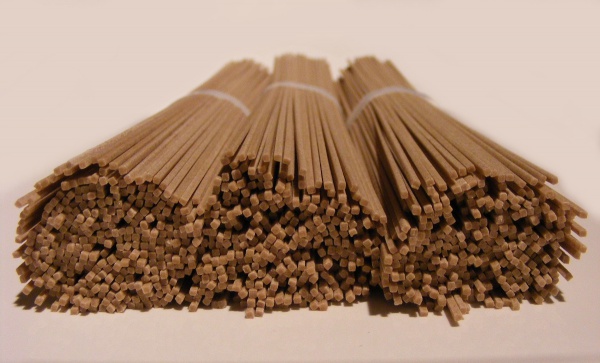Facts About Soba
Soba, the Japanese term for buckwheat, refers to thin noodles made either from pure buckwheat flour or a combination of buckwheat and wheat flour. These versatile noodles can be enjoyed chilled with a dipping sauce or served hot in a broth as part of a noodle soup. Soba is a beloved staple in Japan, available everywhere from casual eateries to upscale restaurants.
The tradition of eating soba dates back to the Edo period, when it gained popularity due to its nutritional benefits, including thiamine and essential amino acids. Soba comes in various styles, both hot and cold, with a range of toppings and accompaniments. In Japan, it's perfectly acceptable, and even expected, to slurp soba noodles noisily while using chopsticks.
Popular ways to enjoy soba include chilled soba served on a bamboo tray with a dipping sauce, or hot soba in a flavorful broth topped with ingredients like scallions and tempura. Beyond its delicious taste, soba holds cultural significance in Japan. It is traditionally eaten on New Year's Eve to symbolize a long and healthy life.
Nutritionally, soba is quite impressive, offering essential amino acids, antioxidants, and nutrients like choline, thiamine, and riboflavin. Different regions in Japan have their own varieties of soba, each with unique ingredients and preparation methods.
Soba restaurants, known as Sunaba, Chōjyu-an, Ōmura-an, Shōgetsu-an, and Masuda-ya, are widespread in Japan, with some even offering delivery services. Interestingly, the term "soba" can also refer to buckwheat itself. Roasted buckwheat kernels can be used to make tea or even fill pillows.
In Okinawa, however, "soba" refers to a different type of noodle dish made from wheat flour instead of buckwheat. This variation has also become popular in places like Campo Grande, Brazil, due to Japanese immigrant influence.
